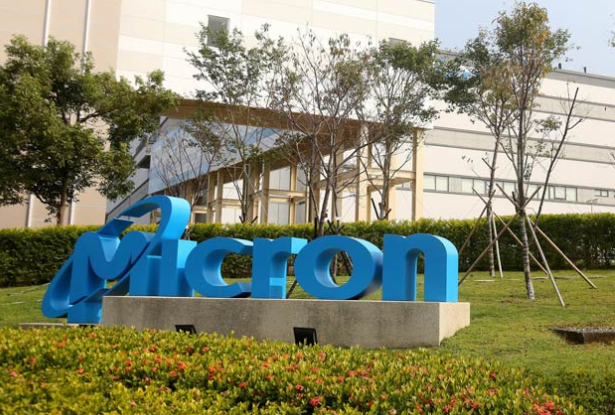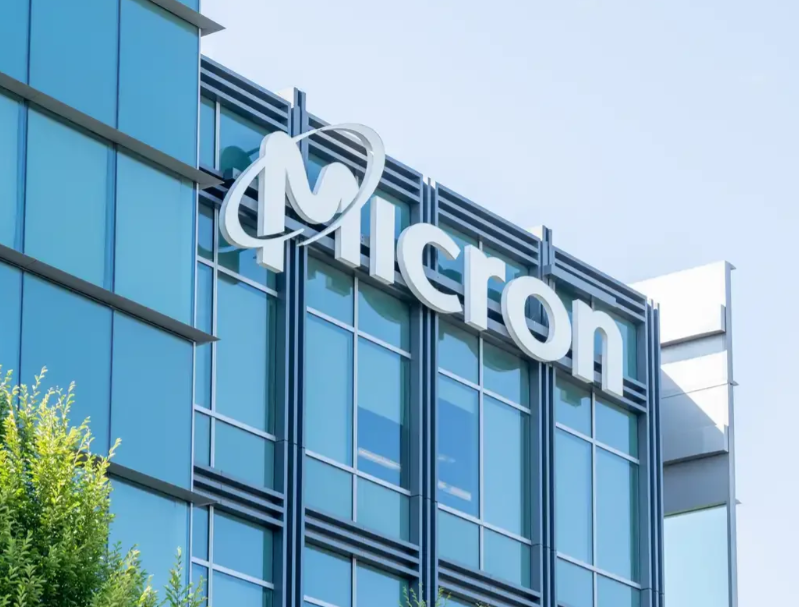Recently, the Japanese government announced a major initiative: providing ¥536 billion (approximately $3.63 billion) in funding support to U.S. chipmaker Micron Technology’s Hiroshima plant, aiming to accelerate mass production of advanced memory chips.

Micron has long planned to invest a total of ¥1.5 trillion in cutting-edge semiconductor production at the Hiroshima plant by the end of fiscal 2029. Under the plan, the plant will start shipping from June to August 2028, with a goal to gradually ramp up capacity to a peak of 40,000 wafers per month—expected to be achieved between March and May 2030.
Japan’s Ministry of Economy, Trade and Industry (METI) will disburse the funding in two parts:
- ¥50 billion from its advanced chip manufacturing fund to cover Micron’s capital expenditures, accounting for roughly one-third of the total investment in the Hiroshima plant;
- ¥36 billion over the next five years to support R&D, covering about half the expected cost of developing high-performance, high-capacity, energy-efficient DRAM—products widely used in data center GPUs and autonomous driving.
Micron Senior Vice President Shiramaru highly praised the subsidy, stating: “This funding will strongly help us speed up the development of high-performance memory solutions for the artificial intelligence (AI) era.”
METI noted that two key factors influenced its decision: approximately 80% of the raw materials for the Hiroshima plant’s production come from Japan, and Micron actively recruits and trains talent locally.
In return for the subsidy, Micron must fulfill corresponding obligations: it is expected to maintain mass production for at least 10 years, and follow government requirements to promptly increase output and ensure market supply during chip shortages (e.g., during pandemics).
Notably, METI has been active in supporting the semiconductor industry—previously providing funds for TSMC’s Kumamoto plant and Kioxia’s Yokkaichi plant to mass-produce advanced semiconductors. With this latest injection, Micron’s total subsidies from Japan will rise to ¥774.5 billion.

ICgoodFind: we believe Japan’s heavy subsidy for Micron’s plant may reshape the global DRAM chip capacity landscape and trigger market ripple effects, which deserves continuous attention from all players in the industrial chain.










